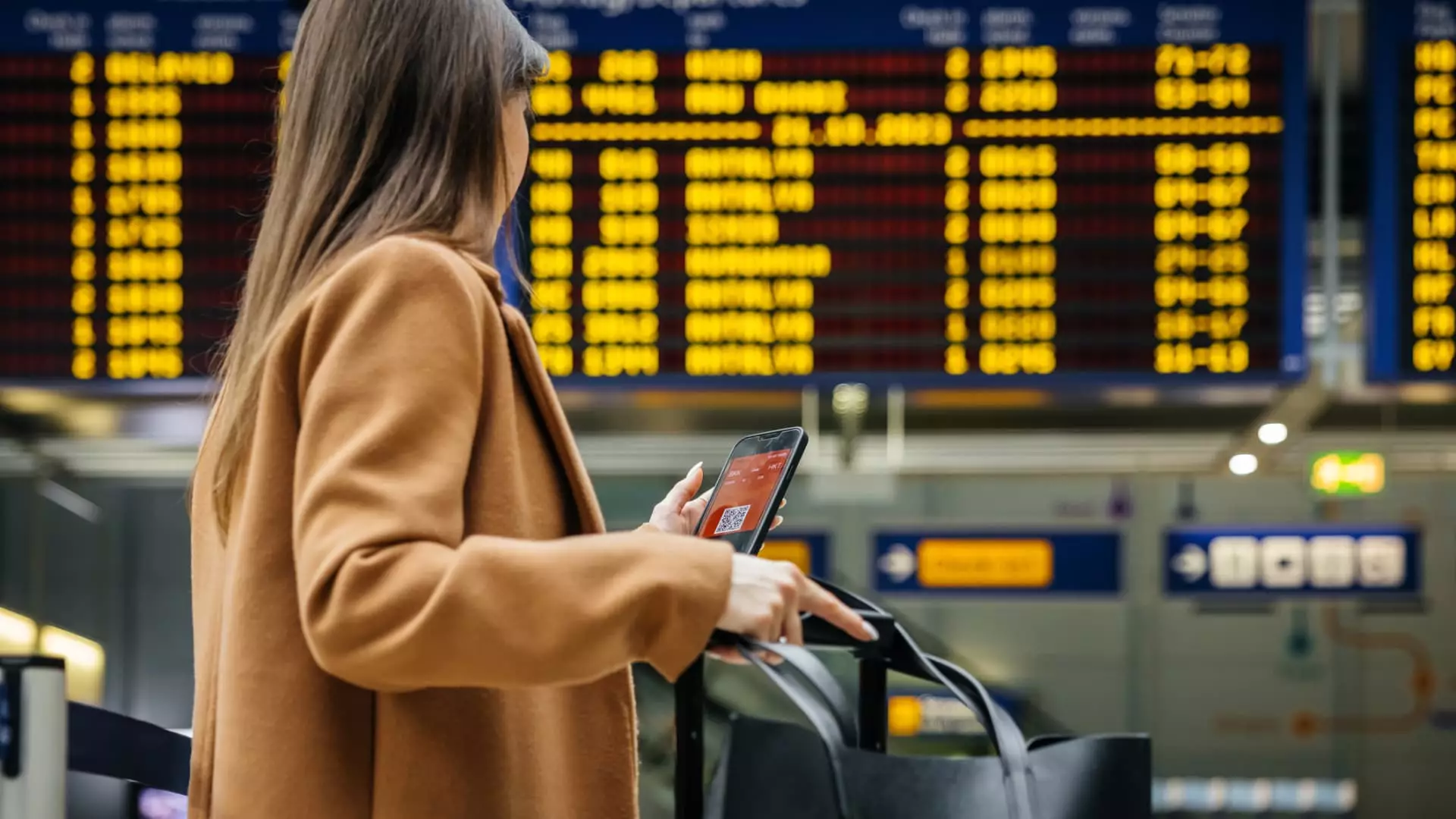As the world adjusts to the new realities following the pandemic, American households are demonstrating a strong preference for travel, particularly international journeys. Recent findings from Bank of America shed light on how travel spending has evolved, revealing a remarkable rebound compared to pre-pandemic levels. This article will delve into the factors driving this trend, the implications for various demographics, and the underlying changes in travel behavior.
According to Bank of America economists Taylor Bowley and Joe Wadford, American households have increased their travel expenditures by 10.6% compared to 2019, despite a slight decrease in overall travel spending from the previous year. This trend underscores the resilience of the travel sector as consumers transition from pandemic restrictions to a more liberated travel environment. The data, derived from extensive credit and debit card transactions between January and mid-August 2023, showcases a renewed enthusiasm for travel that is making waves in the broader economic landscape.
What is notable is that while there is a general uptick in vacation spending, the allure of international travel remains particularly strong. A June survey from the Conference Board indicated that nearly 17% of Americans planned to venture abroad over the following six months, marking an increase from approximately 14% in the years prior to the pandemic. This eagerness hints at a growing desire for experiences beyond domestic borders, which had been largely curtailed during the height of COVID-19.
The Impact of Falling Flight Prices
Much of the growing interest in international travel can be attributed to the decline in airfares. Hayley Berg, a lead economist at the travel website Hopper, points out that ticket prices to popular destinations have notably dropped. An average round-trip fare to Europe now hovers around $950—significantly lower than the $1,000-plus average during the peak years following the pandemic. This easing of prices could act as a catalyst for travelers who are eager to explore but may have hesitated due to prior financial burdens.
Specifically, the fall shoulder season has opened new doors for cheaper travel options. For instance, flights from the U.S. to Rome are being advertised at around $600, a substantial reduction from prices that had soared to nearly $1,300. Such affordability is enticing many to capitalize on previous pent-up demand for international experiences, allowing them to explore destinations that were once deemed financially impractical.
European destinations continue to dominate American travel spending, accounting for 43% from May to July, with Canada and Mexico following at 21%. However, intriguing patterns have emerged, noting that Asia has experienced the fastest growth in spending, with an 11% increase compared to just 3% for Europe. The favorable exchange rates are supplementing this growth, enticing travelers seeking to maximize their budgets abroad.
Despite this evident appetite for international travel, it’s essential to recognize that domestic journeys remain a staple for many Americans. Approximately 68% of trips starting in the U.S. are still within its borders, revealing a dichotomy where travelers balance their adventures between domestic comforts and international escapades. Yet, data from McKinsey indicates a subtle softening in domestic travel, coinciding with a shift towards international exploration, especially among higher-income households.
Demographics Driving Travel Preferences
Bank of America’s research highlights the role of high-income households—defined as earning over $125,000 annually—as primary drivers within the international travel market. These travelers are favoring luxury experiences, with upscale accommodations outperforming traditional lodging options during peak travel seasons. This trend indicates a resilience among wealthier individuals who appear undeterred by economic fluctuations, opting instead to indulge in travel experiences that may have been previously set aside.
Conversely, consumers from lower income brackets are demonstrating a desire to travel despite facing budgetary constraints. Many are not cancelling trips but rather adapting their planning strategies, opting for travel during off-peak times or making reservations well in advance to secure better deals. This shift in behavior reflects a broader understanding of travel as an essential experience, with many willing to navigate financial pressures to satisfy their wanderlust.
Conclusion: A Transforming Travel Landscape
The current landscape of American travel is marked by increased spending, an insatiable appetite for international destinations, and noticeable demographic shifts. As consumers embrace the post-pandemic world, travel remains not just a leisure activity but a symbol of resilience and adaptability. With falling airfare and growing confidence in international travel, the path ahead seems rich with opportunity for both travelers and the travel industry alike, paving the way for an exciting future of exploration and cultural exchange.


Leave a Reply